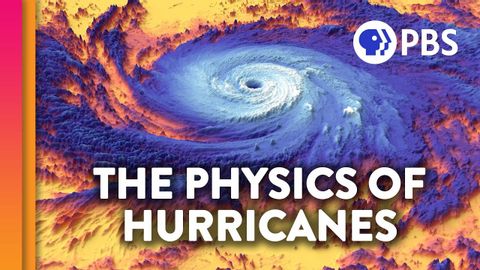ハリケーンが地球で最も強力な嵐である理由 (Why Hurricanes Are Earth's Most Powerful Storms)
VoiceTube が 2024 年 07 月 23 日 に投稿  この条件に一致する単語はありません
この条件に一致する単語はありませんUS /ɛnˈtaɪr/
・
UK /ɪn'taɪə(r)/
- v.t./i.出場する;計算する;思う;思う
- n.姿 : 体形;数字;人物像;図表;著名人;姿の輪郭;数字
US /ɪnˈɡridiənt/
・
UK /ɪnˈgri:diənt/
エネルギーを使用
すべての単語を解除
発音・解説・フィルター機能を解除
